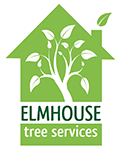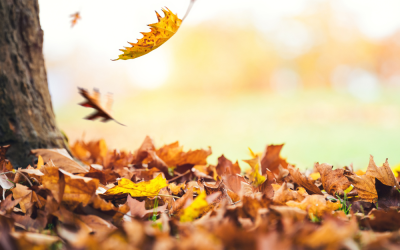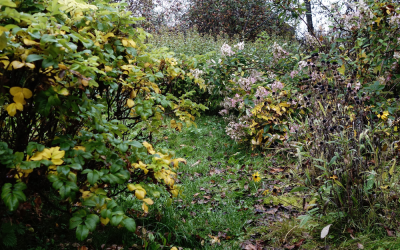If you’ve got trees in your garden, they’re likely a cherished part of your outdoor space -providing shade, beauty, privacy, and even increasing your property’s value. But trees can also pose risks if they’re not regularly checked and properly maintained.
As experienced tree surgeons in the UK, we often get called out after damage has occurred; storm-felled trees, dangerous overhangs, or structural failures. But the good news is that most tree hazards can be spotted and dealt with before they become dangerous.
In this guide, we’ll show you how to identify potential tree hazards and what steps you can take to keep your home and family safe.
Why Tree Safety Matters for Homeowners
Trees are living organisms. Like anything else that grows, they’re subject to aging, disease, pests, weather damage, and structural decline. A falling branch or collapsing tree can:
-
Cause serious injury
-
Damage roofs, fences, vehicles, and sheds
-
Disrupt power lines or public pathways
-
Lead to expensive emergency call-outs
By carrying out regular inspections – or hiring a qualified tree surgeon -you can prevent costly or dangerous incidents before they happen.
Common Signs Your Tree May Be Unsafe
Luckily, you don’t need to be a tree expert to notice when something doesn’t look right. Here are some of the most common warning signs of a hazardous tree:
1. Dead or Dying Branches
If large branches have lost their leaves, appear brittle, or have no new growth, they could fall at any time. These “hangers” are especially dangerous during windy or wet weather.
2. Cracks or Splits in the Trunk
Deep cracks or splits may suggest internal decay. Trees can sometimes appear healthy on the outside while rotting inside.
3. Leaning or Unstable Posture
A tree that’s started leaning more than usual, especially after a storm or heavy rain, might have root damage or soil instability.
4. Fungal Growth at the Base
Mushrooms or conks growing around the trunk base often indicate decay within the tree’s root system or lower trunk.
5. Visible Cavities or Hollows
Large open holes or hollow areas weaken the tree’s structure and increase the risk of collapse.
6. Exposed or Damaged Roots
Roots that have been cut, compacted, or exposed due to erosion or building work can compromise the tree’s stability.
7. Sudden Leaf Loss or Discolouration
If your tree drops leaves outside of its normal season or they turn brown too early, this could signal disease or stress.
High-Risk Areas in a Residential Garden
Some trees pose a greater risk than others – especially if they’re located near:
-
Houses or garages
-
Garden seating or patios
-
Children’s play areas
-
Driveways or parked cars
-
Power lines or footpaths
If a tree in your garden stands over these areas, regular safety checks are essential.
How to Mitigate Tree Risks: Expert Tips
Now that you know what to look for, here’s how to keep your garden safe and your trees healthy.
1. Schedule Regular Tree Inspections
We recommend having your trees professionally inspected every 1–2 years, especially if they’re mature or large. A qualified tree surgeon can identify early signs of disease, decay, or instability that you might miss.
2. Prune Safely and Responsibly
Crown thinning, deadwood removal, and structural pruning can reduce wind resistance and prevent branches from snapping. Avoid DIY pruning of large trees—it can be dangerous and may damage the tree long-term.
3. Remove Dangerous Trees When Needed
If a tree is dead, severely diseased, or structurally unsafe, it may need to be removed. Tree surgeons can carry this out safely, with the right equipment and local authority permissions where needed.
4. Look After Tree Roots
Avoid digging, paving, or building over root zones. Roots are the tree’s foundation—damage to them is often irreversible and can lead to eventual collapse.
5. Watch Out After Storms
After heavy winds or storms, inspect your trees for broken limbs, cracks, or shifts in posture. Contact a professional if anything looks unusual.
The Role of a Tree Surgeon
A tree surgeon is trained not just to care for trees, but to keep people and property safe. Our services include:
We also offer advice on which tree species are best suited to your garden in terms of safety, growth habits, and long-term care.
Legal Responsibilities for Homeowners
Did you know that as a homeowner in the UK, you have a legal duty of care to prevent foreseeable harm caused by your trees?
If a tree on your land falls and causes damage or injury, and it can be shown that you ignored clear warning signs, you could be held liable. Regular maintenance and professional inspections help demonstrate responsible management.
If you’ve spotted any of the warning signs…
Your trees are a valuable part of your property – but with that value comes responsibility. Regular checks, early intervention, and proper pruning can make all the difference between a healthy, long-lived tree and a costly accident waiting to happen.
If you’ve spotted any of the warning signs mentioned above or just want peace of mind – get in touch with your local tree surgeon. We’re here to help in Manchester and the surrounding area so that you can enjoy your trees safely, all year round.



